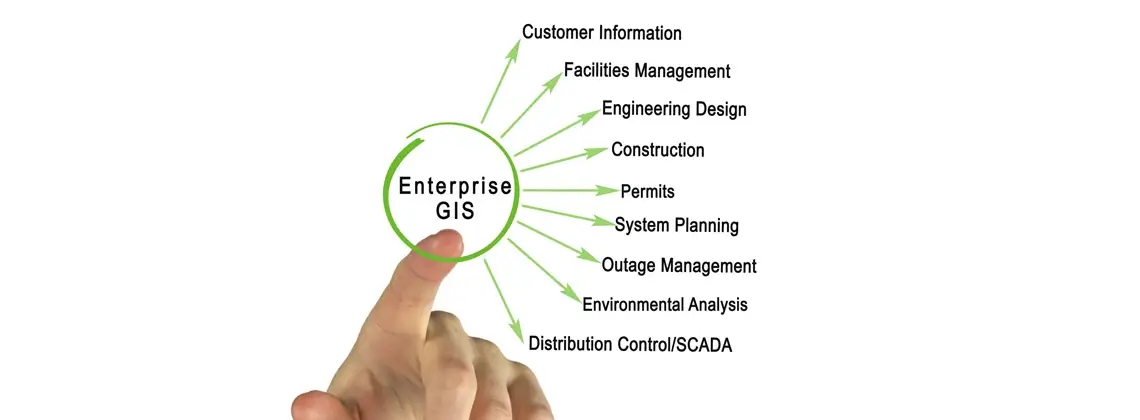
GIS 2 - Spatial Analysis
Duration: 20 hours
Teaching Methodology: Hands on
Course Schedule: Schedule
Fees $450
Course Mode: Blended Face-to-face or online via Zoom
DESCRIPTION
Geographic Information Systems (GIS) are computerized systems designed for the
storage, retrieval and analysis of geographically referenced data.
GIS uses advanced analytical tools to explore at a scientific level the spatial relationships,
patterns, and processes of cultural, biological, demographic, economic, geographic, and physical
phenomena
PREREQUISITES
AUDIENCE
Professionals and students exploring a potential career with GIS.
COURSE CONTENTS
This course provides a system for GIS users to develop proficiency in various spatial analysis methods, including location analysis; change over time, location, and value comparisons; geographic distribution; pattern analysis; and cluster identification.
Chapter 1 Mapping where things are
1-1 Working with categories
1-2 Controlling which values are displayed
1-3 Limiting values to display
Chapter 2 Mapping the most and least
2-1 Mapping quantities
2-2 Choosing classes
2-3 Creating a map series
2-4 Working with charts
Chapter 3 Mapping density
3-1 Displaying density for analysis
3-2 Creating dot density maps
3-3 Creating a density surface
Chapter 4 Finding what’s inside
4-1 Overlaying datasets for analysis
4-2 Finding features partially inside
Chapter 5 Finding what’s nearby
5-1 Selecting features nearby
5-2 Creating buffer features
5-3 Clipping features
5-4 Buffering values
5-5 Using multiple buffer zones
5-6 Quantifying nearness
5-7 Creating distance surfaces
5-8 Calculating cost along a network
5-9 Calculating nearness along a network
Chapter 6 Mapping change
6-1 Mapping change in location
6-2 Mapping change in location and magnitude
6-3 Mapping percentage change in value
Chapter 7 Measuring geographic distribution
7-1 Calculating centers
7-2 Adding weights to centers
7-3 Calculating standard distance
7-4 Calculating a standard deviational ellipse
7-5 Calculating the linear directional mean
Chapter 8 Analyzing patterns
8-1 Using average nearest neighbor
8-2 Identifying the clustering of values
8-3 Checking for multidistance clustering
8-4 Measuring spatial autocorrelation
Chapter 9 Identifying clusters
9-1 Performing cluster and outlier analysis
9-2 Performing hot spot analysis

